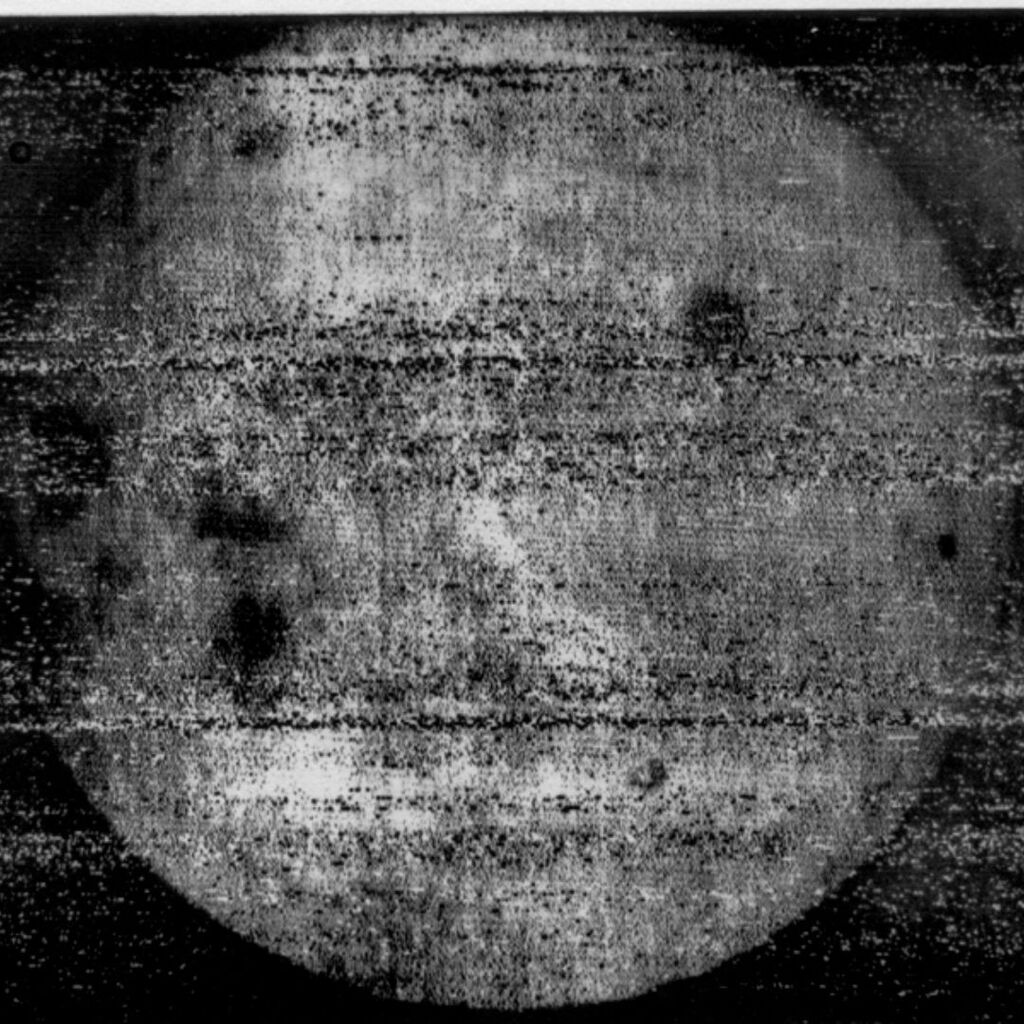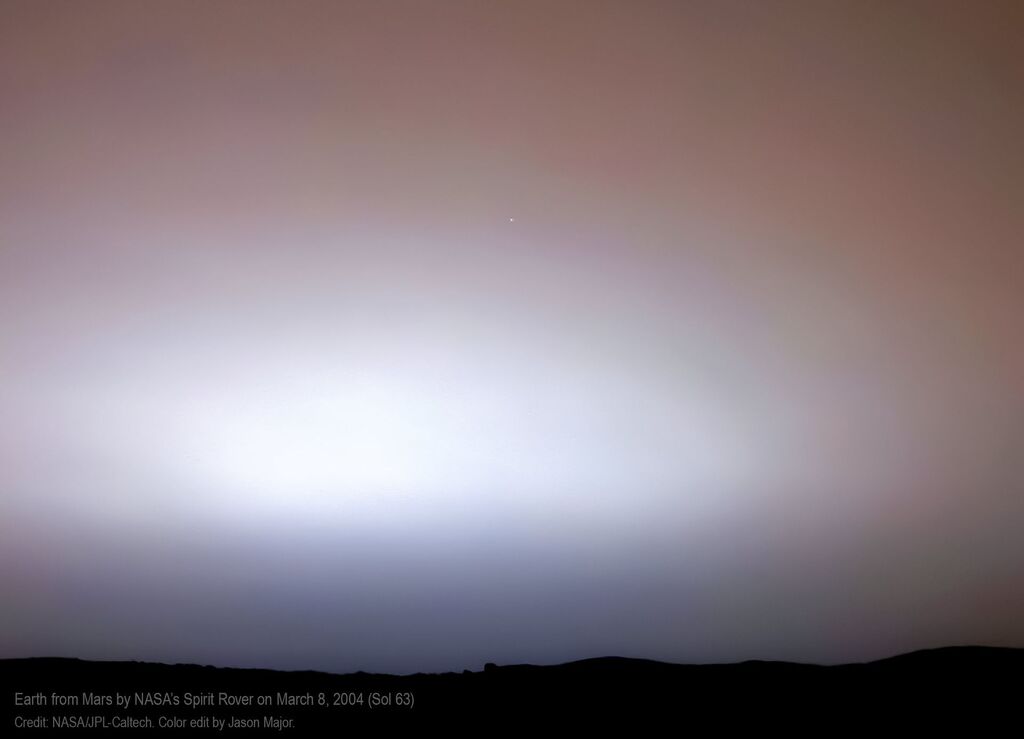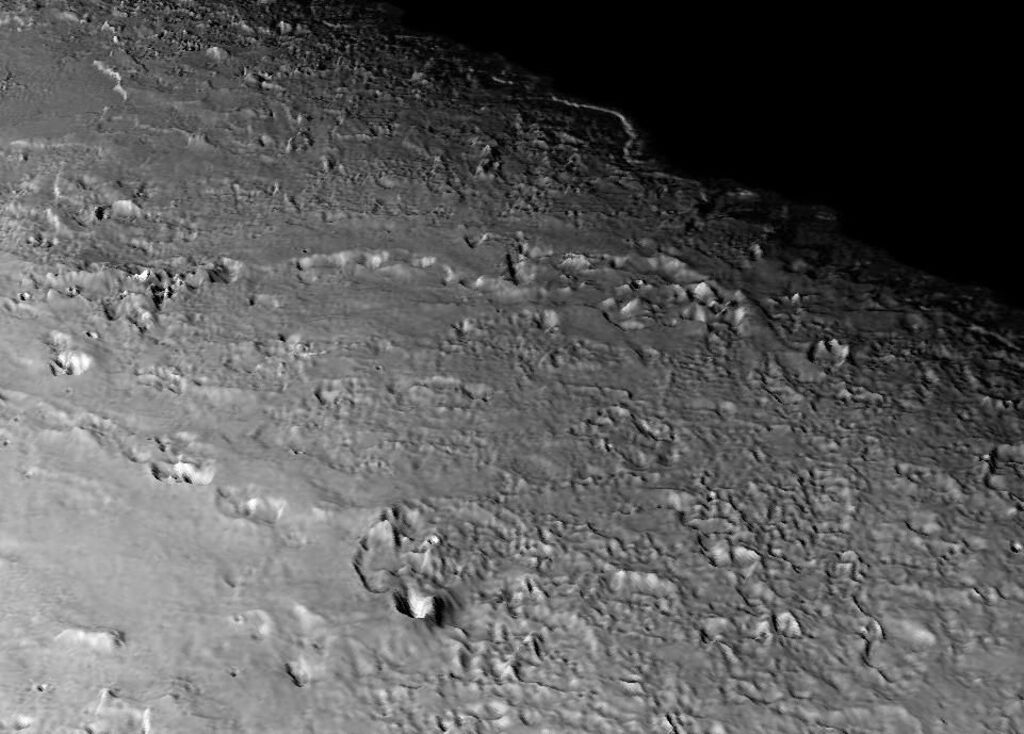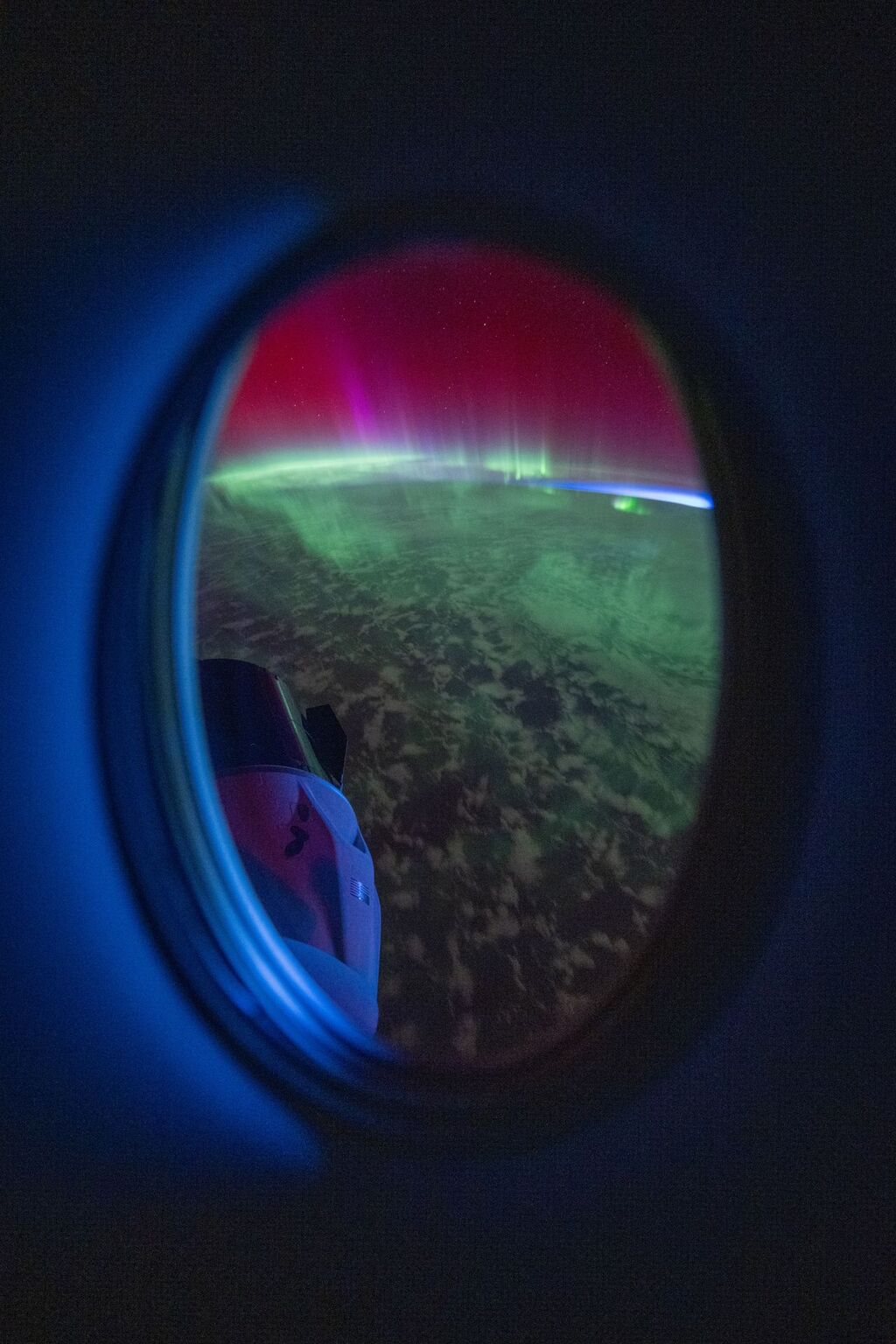
Planetary Picture of the Day
Week of October 8, 2024
This week's trip around the solar system includes our own Pale Blue Dot, the far side of the Moon, Neptune's moon Triton, and a view of a super star cluster from JWST - complete with diffraction spikes!
Monday, 8 October 2024

The Exotic Stellar Population of Westerlund 1
Here is JWST's look at Westerlund 1, one of the closest clusters of its kind. Super star clusters are young and contain more than 10,000 times the mass of the Sun packed into a small volume. Westerlund 1 is the most massive yet identified in our galaxy, with 50,000 to 100,000 times the mass of the Sun contained within a region less than six light-years across. Still considered an open cluster now, someday it will evolve into a globular cluster - a roughly spherical, tightly packed collection of old stars bound together by gravity.
Tuesday, 9 October 2024

Far Side of the Moon
The Luna 3 spacecraft returned the first views of the Moon's far side. The images were taken on 7 October 1959 and were very noisy and low resolution, but many features could be recognized. This is the second image returned by Luna 3; taken with the wide-angle lens, it showed the far side of the Moon was very different from the near side, most noticeably in its lack of lunar maria (the dark areas). The dark spot at the upper right is Mare Moscoviense and the dark area at the lower left is Mare Smythii. The small dark circle at the lower right with the white dot in the center is the crater Tsiolkovskiy and its central peak.
Wednesday, 10 October 2024

Color edit: Jason Major
Pale Blue Dot from Mars
In the top third of the image, near the center, "that little dot there, that's home, that's us." The Pale Blue Dot rises just before sunrise on the horizon of another planet (Mars). Imaged by NASA's Spirit rover on March 8, 2004, 63 sols into its mission, about an hour before sunrise at its location on Mars. This image isn't a single shot but a composite of Navcam and pan cam images of the sky. Color was added from other RGB composites of Mars captured at sunset from Spirit.
Thursday,11 October 2024

Triton's Volcanic Plains
This view of the volcanic plains of Neptune's moon Triton was produced using topographic maps derived from images acquired by NASA's Voyager spacecraft during its August 1989 flyby. This regional view shows a variety of terrains on Triton, including the smooth volcanic plains in the foreground, formed by icy lavas. Parts of this surface have been eroded, forming mounds and depressions with relief of tens to a few hundred meters.
The round pits and mounds across the center of the scene are probably volcanic explosions or collapse craters, the largest of which (at bottom center) is 250 meters deep and 15 kilometers across. Many of these pits are aligned in chains similar to those seen in basaltic volcanic areas on Earth, such as Craters of the Moon National Monument in Idaho, except the lavas on Triton are water and other ices that erupted onto the surface
Friday, 12 October 2024

Aurora from Dragon Endeavor
This photograph, taken by astronaut Matthew Dominick while peering out a Dragon Endeavor window, shows red and green aurorae streaming by Dragon Freedom which was docked to the front of the International Space Station🛰️. The Sun is still at solar maximum, with numerous flares and coronal mass ejections causing gorgeous aurorae even at lower latitudes. The different colors indicate different altitudes above the Earth's surface.





